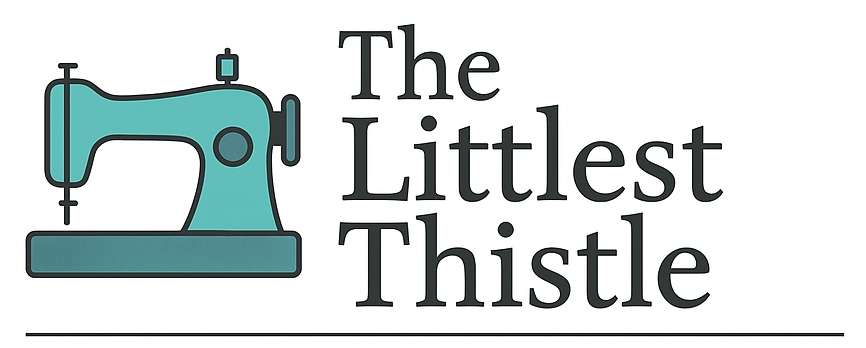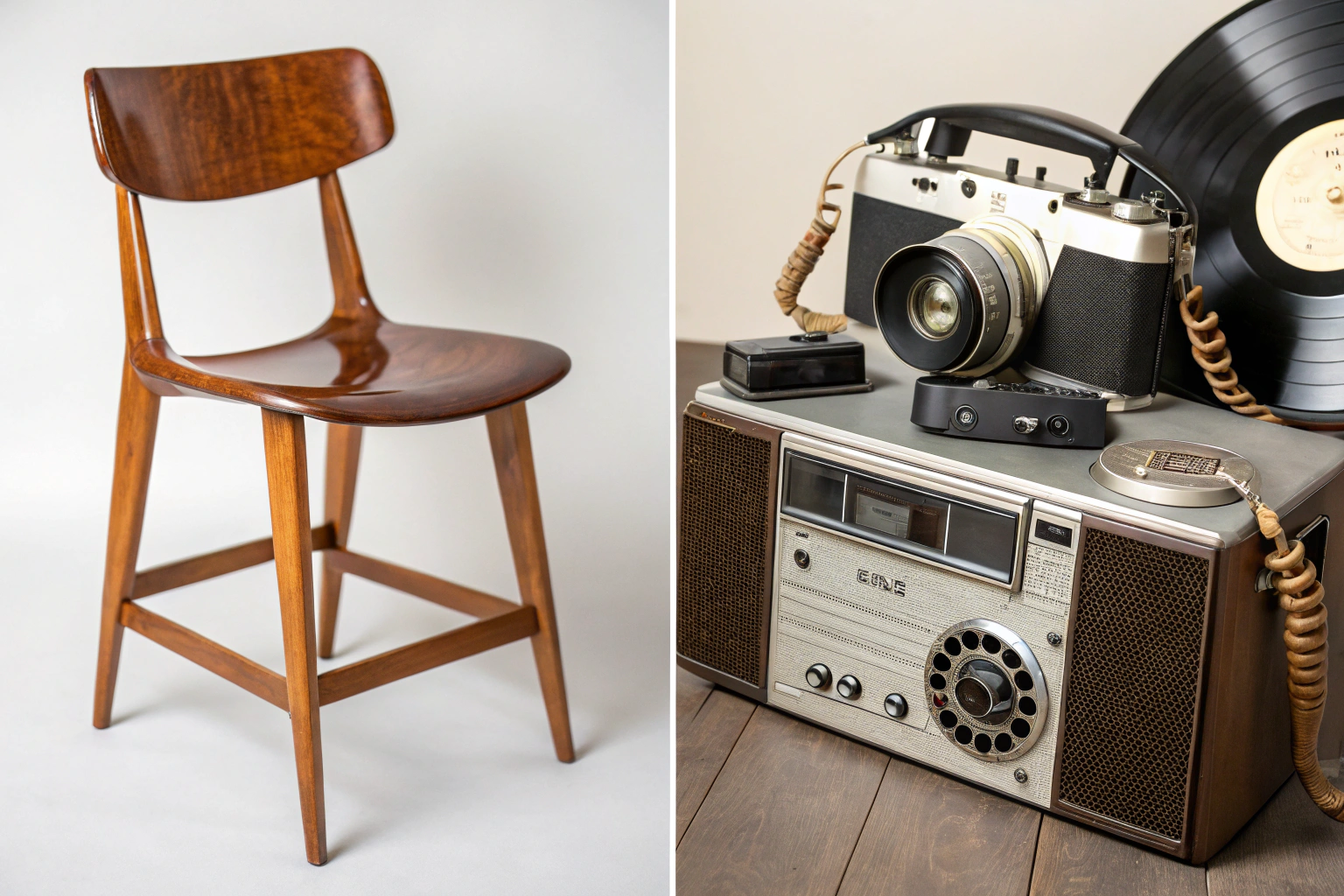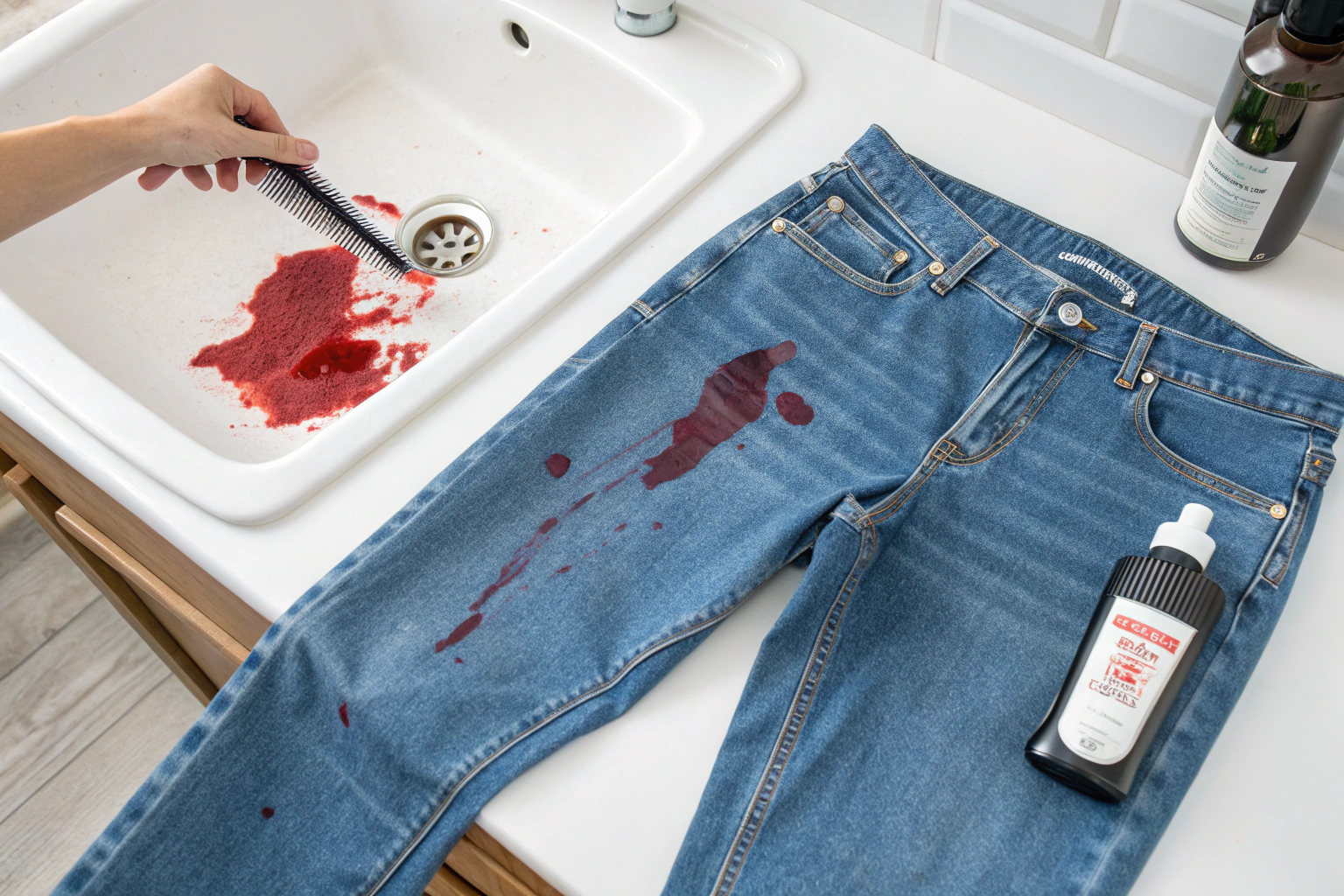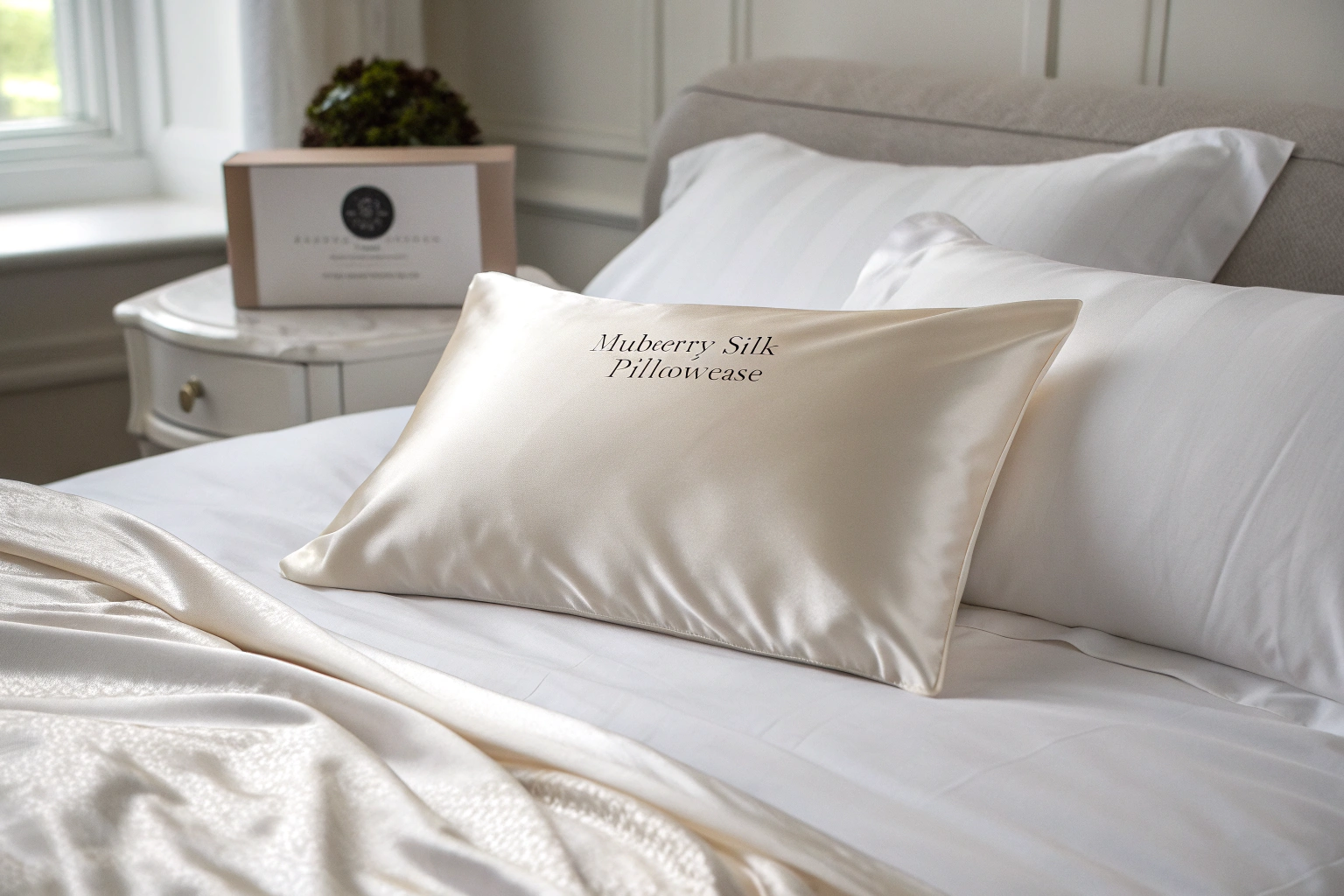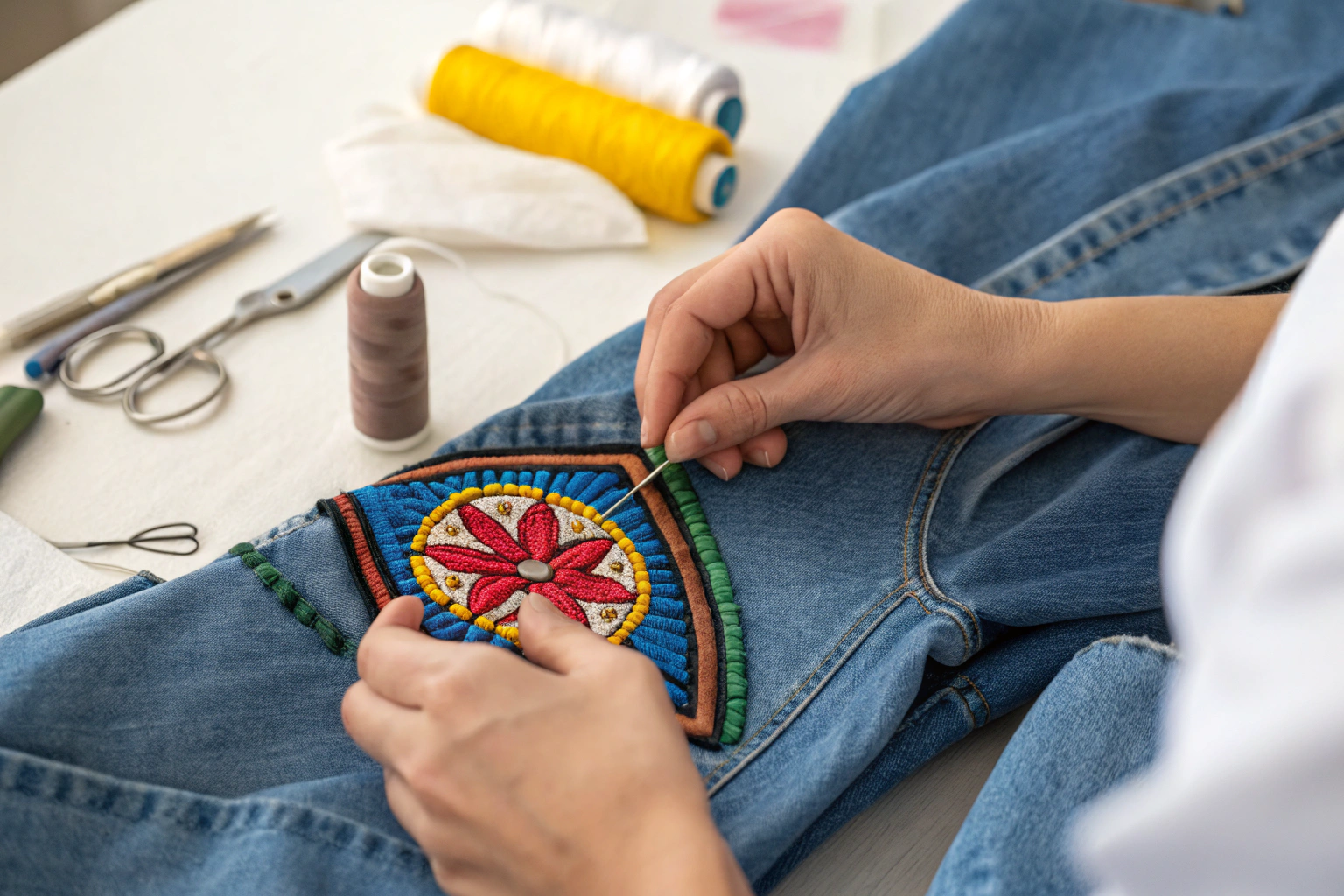Understanding Vintage vs. Antique: The Age Question
As an experienced collector and appraiser, determining the age of an item can be both an art and a science. The term “vintage” is often used to describe items that are between 20 to 100 years old. In contrast, antiques are generally classified as items over 100 years old. Originally, the word “vintage” was used to describe wines, but over time, its meaning has broadened to include collectibles like fashion, furniture, and electronics. During my years in the field, I’ve witnessed evolving definitions, with countless debates at estate sales and auctions about what truly qualifies as vintage.
Key Takeaways:
- Vintage: Typically 20-100 years old
- Antique: Over 100 years old
You may also be interested in the article 15 minute meals kid-friendly.
Why the 20-Year Rule Is Common
The 20-year rule for vintage items is a widely accepted standard, but why this specific timeframe? Culturally, it often takes about two decades for an era’s trends to resurface as “cool” or nostalgic. Market-wise, items from the early 2000s just reaching the 20-year mark are gaining interest, a trend I’ve observed firsthand through the growing demand for early millennial tech and fashion.
- 1990s: Achieved vintage status in 2010s
- 2000s: Achieving vintage status in 2020s
How Old Does Something Have to Be to Be Considered Vintage
The Sliding Scale of Vintage Classification
Vintage isn’t merely about passing the 20-year mark; it exists along a spectrum. Early vintage (20-30 years) items are often driven by nostalgia, mid-vintage (40-60 years) pieces might reflect historical design shifts, and late vintage (60-99 years) items generally show significant historical significance. My professional approach involves sub-categorizing these pieces. Each age band carries different weight for collectors, impacting price and desirability.
For example, a 25-year-old piece may attract attention for nostalgic reasons, but something from the 1950s often commands a premium price for its historical and design relevance.
Prominent Style Eras and Their Impact on Vintage Classification
Understanding style eras is crucial for vintage classification. Significant periods like Victorian, Art Deco, and Mid-century Modern maintain their influence regardless of age. As a collector, identifying items from these eras allows me to better evaluate their market value and historical context. During appraisals, Pointing out these era-specific characteristics to clients elevates understanding of their items’ significance.
- Victorian (1837-1901): Ornate and elaborate designs
- Art Nouveau (1890-1910): Natural forms and structures
- Art Deco (1920s-1930s): Bold geometric patterns
Vintage by Category: Different Standards for Different Items
Clothing and Fashion Accessories
In fashion, trends shift rapidly, affecting vintage classification. Some periods, like the 1920s or 1970s, hold timeless appeal, while others interplay more closely with current trends. My personal collection shows the 1960s have retained value due in part to enduring interest in that era’s aesthetics. Dating fashion is part science, with label designs and material analysis often serving as critical clues.
Furniture and Home Decor
For furniture and decor, vintage status is influenced more by design movements than age. Mid-century Modern pieces epitomize this, beloved for their clean lines and functional design. In my appraisals, discerning mass-produced items from artisan-crafted works is crucial, helping clients understand both the historical value and aesthetic appeal of their pieces.
- Mid-century Modern (1940s-1960s): Functional and simple
- Louis XV (1715-1774): Rococo style with intricate details
Electronics and Technology
Technology advances swiftly, so items become vintage faster. Vintage electronics from the early days of personal computers are highly collectible, showcasing both nostalgic charm and technological milestones. I’ve tracked specific models, like early Apple computers, and watched their values climb as they capture the fascination of nostalgic collectors.
| Modern Technology | Vintage Counterpart | Year Transitioned |
|---|---|---|
| Smartphones | Early Mobile Phones | 2010s |
| Laptops | 1990s Notebooks | 2020s |
Watches and Jewelry
Vintage watches and jewelry classification goes beyond age, with craftsmanship and brand reputation playing pivotal roles. A 50-year-old Rolex might hold more value than a century-old piece due to its brand legacy. My experience in dating and authenticating such items revolves around identifying unique hallmarks and understanding their market context.
“The allure of a vintage watch lies in both its history and its maker’s reputation.”
What Makes Something “True Vintage” Beyond Age
Craftsmanship and Materials
True vintage is often marked by superior craftsmanship and quality materials. Manufacturing methods have evolved, and older techniques used in truly vintage pieces highlight a distinction from merely old items. Authenticating involves identifying construction details, like certain zippers or fabric blends that signify an era.
Cultural and Historical Significance
An item’s connection to cultural movements or historical events can elevate its vintage status regardless of age. Provenance markedly influences classification. I’ve acquired pieces with rich backstories, documenting and verifying their journey through history, thus enhancing their appeal and value considerably.
- Items linked to major historical events
- Celebrity-owned items or limited production
The Difference Between Vintage, Retro, and Reproduction
Understanding Retro Items
Retro items are new but fashioned in the style of previous decades, mainly the 60s through 90s, contrasted with true vintage pieces that originate from those times. In the marketplace, retro reproductions are prevalent. Educating clients on these distinctions assists in navigating potential purchasing pitfalls and ensures informed decisions.
Spotting Reproductions and Faux Vintage
Identifying reproductions that masquerade as vintage involves understanding faux distressing techniques and modern manufacturing signatures. Experience over time has taught me to detect subtle giveaways in otherwise convincing replicas, providing both caution and insight for buyers in the vintage market.
The Value Spectrum: From Vintage to Antique
When Vintage Becomes Antique
The crossover from vintage to antique status alters both valuation and appeal. Watching items transition, particularly those from the 1920s reaching the century mark in the 2020s, I’ve seen interest and curiosity grow. This transition increases desirability due to rarity and historical significance.
Key transitions in the 2020s include pieces from the Roaring Twenties now considered antique.
Investment Potential of Vintage Items
Vintage age ranges fluctuate in value reception. Specific decades consistently perform well as investment pieces due to their uniqueness or cultural relevance. My strategy involves identifying these dynamics, such as undervalued designs suddenly gaining appreciation for their rarity or connection to significant historical context.
- Study market trends for specific decades
- Look for unique design features or historical ties
Factors Affecting Value Beyond Age
Condition, brand reputation, and cultural relevance often amplify value beyond chronological age. I’ve appraised newer vintage pieces commanding higher prices than older counterparts due to these factors. Assessing an item’s full spectrum of qualities ensures a comprehensive valuation beyond mere dating.
- Rarity and unique features
- Preservation and condition
- Brand and historical sentiment
Identifying Authentic Vintage vs. Retro Reproductions
Telltale Signs of Authentic Vintage Pieces
Recognizing genuine vintage involves specific markers such as construction techniques, materials, and authentic wear indicative of age. I’ve developed a personal checklist for authentication that discerns true vintage from mere replicas, often uncovering overlooked treasures.
- Check construction methods and materials
- Look for consistent wear patterns and patina
Common Reproduction Techniques to Be Aware Of
Reproduction techniques can mimic vintage aesthetics, but they often lack authentic aging. Experiences with such pieces emphasize meticulous scrutiny for tells like uniform distressing, helping avoid common collector traps.
Dating and Identifying Vintage Items
Research Methods for Vintage Authentication
Effective research is essential for accurate vintage authentication. Utilizing a range of resources including books, databases, and expert consultations provides vital information. My research process, refined over years, helps unveil an item’s history, leading to often surprising value insights.
- Reference books and expert consultations
- Online databases and auction records
Physical Examination Techniques
A thorough physical examination complements research, revealing clues through construction analysis and material inspection. Over time, I’ve learned to identify surprisingly subtle signs ensuring the authentication process captures every detail.
“A close examination can often reveal what’s hidden at first glance.”
You may also be interested in the article mouse proof furniture.
Caring for Your Vintage Collection
Preservation Practices I Recommend
Preservation supports both condition and value. Through years of collecting, I’ve developed specific maintenance methods that safeguard items effectively. Paying attention to material-specific needs with regular care helps maintain the item’s integrity for years to come.
- Regular cleaning and appropriate storage
- Use preservation materials suited to each item type
Display and Storage Solutions for Vintage Items
Aesthetic display and careful storage are crucial for protecting vintage collections. I’ve curated creative and preserving solutions, ensuring practicality without compromising visual appeal, making each collection a focal point with due care.
